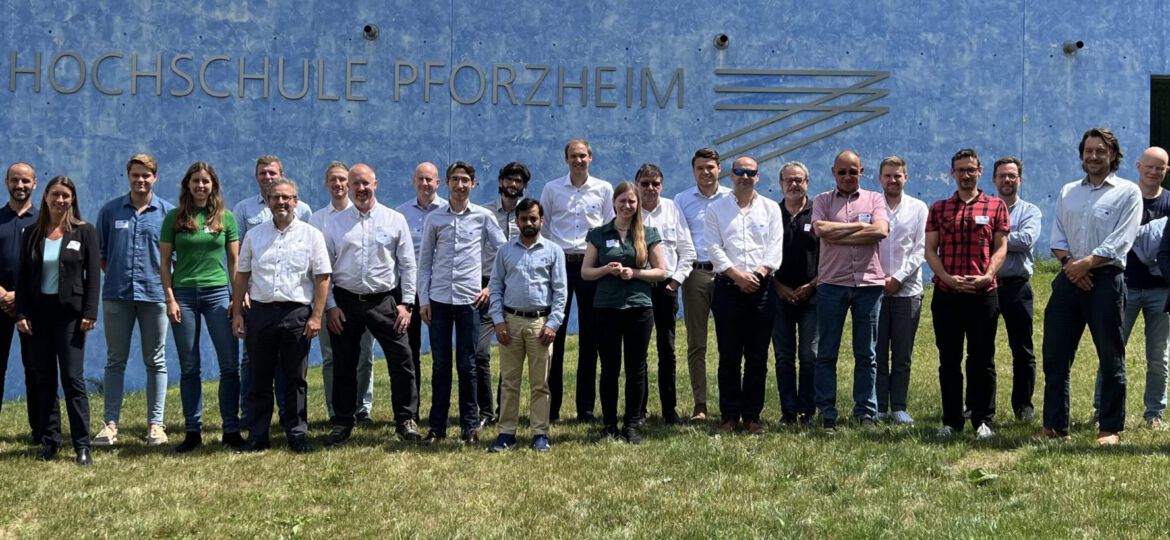Resilient and more sustainable critical raw materials supply chains for the e-mobility, renewable energy and strategic sectors
Rare Earths Elements (REE) are necessary materials to achieve the green and digital transition in Europe. They are an essential part of permanent magnets, strong and very efficient magnets used in, e.g. e-vehicles, wind turbines or sensor applications. The market for RE magnets itself is relatively small – about €6.5 billion – however, its downstream leverage is enormous: the mobility business in the EU alone is expected to grow to about €500 billion by 2030, with 6 million jobs.[1] While being a world leader in the manufacturing of, e.g. electric motors, the EU is fully import-dependent along the entire value chain of RE magnet materials. Despite a growing market, European magnet production capacity is underutilised and tends to serve specialised niche applications. In addition, RE magnets are increasingly imported as part of motors and generator assemblies and products.
To overcome this issue, the REEsilience project aims to build a more resilient and sustainable supply chain for RE magnetic materials and products in Europe and will create new market opportunities for critical raw materials more sustainably produced in the continent.
In more detail, the REEsilience project partners will categorise REE by geographic locations, quantities, chemical composition, ethical and sustainable indicators, ramp-up scenarios, and pricing, considering all value streams from virgin to secondary material to achieve the goal. The project will also build a production system that ensures a more resilient and sustainable supply chain for RE materials and magnets for the e-mobility, renewable energy and other strategic sectors in Europe with fewer dependencies on non- European economies.
Moreover, a newly-developed software tool will determine optimum mixing ratios to consistently ensure high product quality with maximum secondary materials for high-tech applications. Combined with new and improved technologies for alloy production and powder preparation, especially of secondary materials, the yield and stability of processes will be further enhanced. That allows further augmentation of the proportion of secondary materials in RE magnet production while reducing waste, environmental damage, and energy consumption linked with virgin material acquisition. Preliminary findings from other EU projects, especially SUSMAGPRO, will play a key role in the processes.
The project is funded by the European Union’s research and innovation programme Horizon Europe and coordinated by the Institute for Precious Metals and Technology (STI) of Pforzheim University, Germany and will last until June 2026. The consortium comprises 16 project partners and two associated partners from ten European countries (Austria, Belgium, France, Germany, Netherlands, Poland, Slovenia, Spain, Sweden and the United Kingdom).
Connect with REEsilience!
Funding: Co-Funded by the European Union
REEsilience Project (EU HE Programme, GA No. 101058598)
